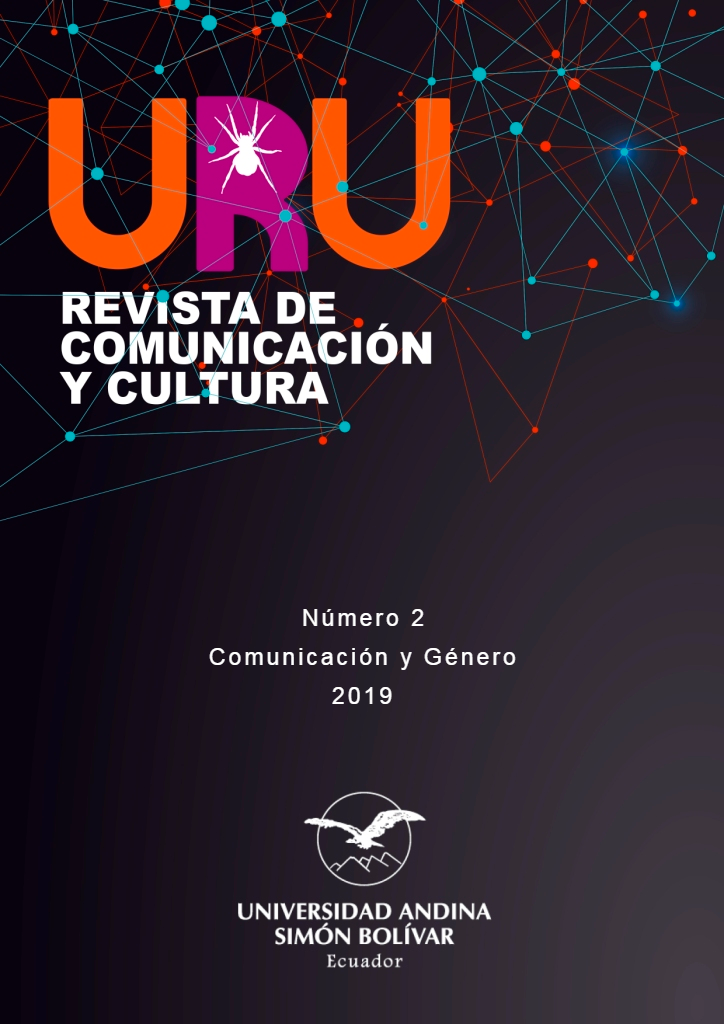Ecuadorian journalists and communicators: Alternatives to face cyberbullying in the digital environment
Keywords:
journalism, gender, digital harassmentAbstract
Technology in journalism has modified its practices of production, dissemination and information consumption. It has also considerably transformed the relationship between journalists, media, sources and readers. The most common interaction tools between journalists and digital users are social networks, spaces that, in addition to encouraging participation and contribution to generate content, have led to the appearance of violent demonstrations against information professionals, mainly women. The present study details the data obtained from a survey applied to several information professionals, who consider their job as risky, in addition to stating that there is harassment, which is expressed both physically and digitally. Specialists were interviewed, who propose strategies to face the problem of harassment and violence in social networks. Methodologically, a netnography was applied, which included observing the Twitter account of three journalists, in order to identify the terms most frequently used to attack them.
Downloads
References
Benhabib, S. & Cornel, D. (1990) “Teoría feminista y teoría crítica. Perspectiva o enfoque de género, análisis de género y teoría de género”. https://www.europrofem.org/contri/2_05_es/cazes/03_cazes.htm
Berkead, S. (2016). Se agrava la violencia contra mujeres periodistas. https://ijnet.org/es/blog/se-agrava-la-violencia-contra-mujeres-periodistas
El Espectador (2017). Este manual le da herramientas para protegerse del abuso en Twitter. https://www.elespectador.com/tecnologia/este-manual-le-daherramientas-para-protegerse-del-abuso-en-twitter-articulo-678640
IFEX (2017), Seguridad Digital para Periodistas. https://www.youtube.com/watch?v=40rQSw6EBLQ
López, A. y Ufarte, M.J. (2013). El mobbing en la profesión periodística: análisis empírico del acoso psicológico en el trabajo y su influencia en el periodista y en la empresa informativa. Estudios sobre el Mensaje Periodístico, 19 (2), 1017
Reporteros sin fronteras (2018). Acoso en línea a periodistas: cuando los trolls arremeten contra la prensa. https://rsf.org/es/noticias/rsf-publica-su-informe-acoso-enlinea-periodistas-cuando-los-trolls-arremeten-contra-la-prensa).
Sabanes, D. (2016). Violencia digital: las mujeres periodistas, en riesgo. https://www.enperspectiva.com.ar/la-violencia-digital-afecta/
UNESCO (2011). Global Report on the Status of Women in the News Media. https://www.iwmf.org/wp-content/uploads/2018/06/IWMF-Global-Report.pdf
Vega, A. (2014) Igualdad de género, poder y comunicación: las mujeres en la propiedad, dirección y puestos de toma de decisión. Revista de Estudios de Género. La ventana [en línea] 2014. <http://www.redalyc.org/articulo.oa?id=88435817008> ISSN 1405-9436
Downloads
Published
How to Cite
Issue
Section
License
ASSIGNMENT OF RIGHTS, DECLARATION OF CONFLICT OF INTEREST AND DISSEMINATION
The authors who publish in this journal accept the following conditions:
- Authors retain copyright and grant the journal the right of first publication, with the work registered under the Creative Commons Attribution-NonCommercial-ShareAlike 4.0 License, which allows sharing, adapting and attributing the work (see: Open Access Policies).
- Authors can make other independent and additional contractual agreements for the distribution of the article published in this journal (e.g., include it in an institutional repository or publish it in a book) as long as they expressly indicate that the article was published for the first time in Uru: Revista de Comunicación y Cultura. In the case of reproduction, a note similar to the following must be included: This text was originally published in the journal Uru: Revista de Comunicación y Cultura N ° -, year of publication.
- Authors are encouraged to publish their work on the Internet (e.g. on institutional or personal pages) in the final version published by Uru: Revista de Comunicaicón y Cultura as it may lead to a wider and faster dissemination of the published work.








